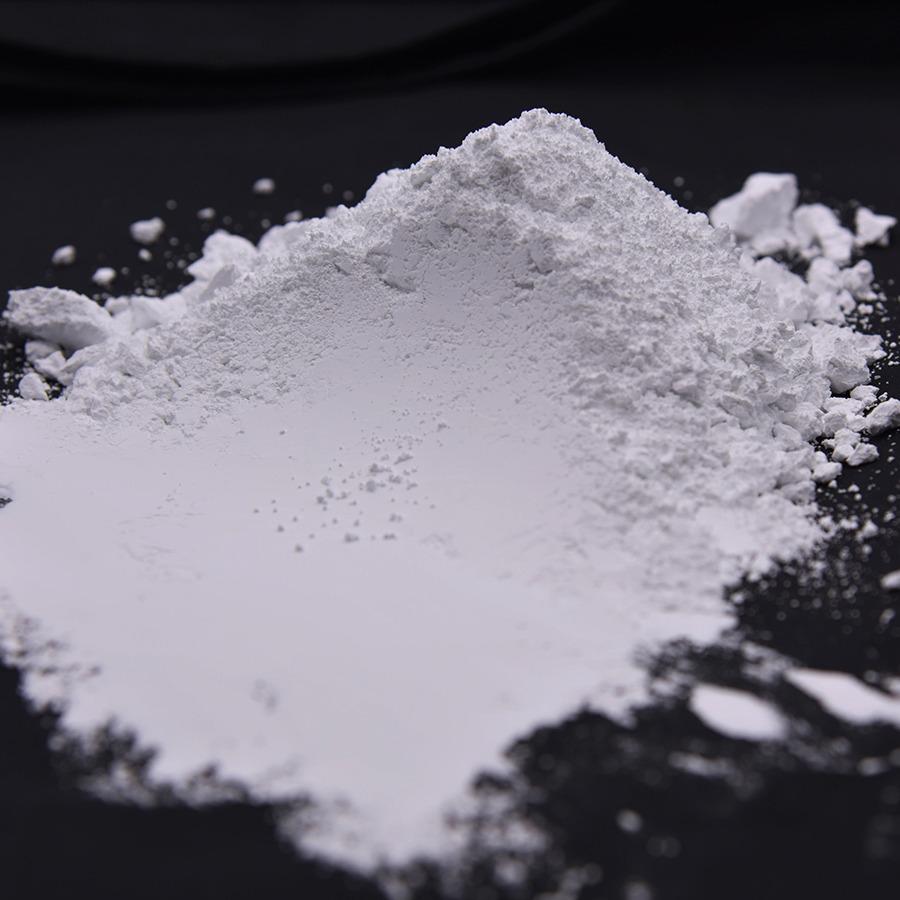
8 月 . 14, 2024 09:26 Back to list
Exploring the Emerging Landscape of Titanium IV Oxide Manufacturing and Its Global Impact on Industries
The Role of Titanium IV Oxide Factories in Modern Industry
Titanium IV oxide, also known as titanium dioxide (TiO2), is a versatile and essential compound widely used across various industries. Its properties, including high refractive index, strong UV light absorption, and excellent chemical stability, make it a popular choice for applications ranging from paint and coatings to plastics, cosmetics, and food industries. The manufacturing of titanium IV oxide is predominantly conducted in specialized factories equipped with advanced technology and expertise. This article explores the significance of titanium IV oxide factories, their processes, and the impact they have on modern industry.
The Manufacturing Process
The production of titanium IV oxide typically involves two primary processes the sulfate process and the chloride process. The sulfate process begins with the reaction of ilmenite or titanium dioxide concentrates with sulfuric acid, resulting in the formation of titanium sulfate. This is followed by the precipitation of titanium hydroxide, which is then calcined to produce titanium dioxide. On the other hand, the chloride process involves the reaction of titanium-containing minerals with chlorine gas to create titanium tetrachloride, which is subsequently oxidized at high temperatures to form titanium IV oxide.
These processes require sophisticated machinery and strict adherence to safety and environmental regulations. Factories must ensure that they meet these standards to minimize waste and emissions. The continuous advancement in production technology has enabled factories to improve efficiency and reduce the environmental impact, making the manufacturing process more sustainable.
Economic Impact
Titanium IV oxide factories play a crucial role in the economy. They create numerous direct and indirect job opportunities, from the skilled labor required for production to management and R&D positions. The titanium dioxide market is estimated to reach billions of dollars, driven by increasing demand in various sectors. As industries continue to grow, the need for high-quality titanium IV oxide will likely increase, further contributing to economic development and technological advancement.
titanium iv oxide factories

Moreover, the versatility of titanium IV oxide makes it a critical component in many products. Industries such as automotive, construction, and electronics rely heavily on this compound for improved performance and aesthetic appeal. For instance, in the paint industry, titanium dioxide serves as a pigment that provides excellent coverage and brightness, enhancing the quality of paint products. Similarly, in the cosmetic industry, it is used for its opacity and UV-blocking properties, ensuring safer products for consumers.
Environmental Considerations
While titanium IV oxide factories provide significant economic benefits, they also face challenges related to environmental sustainability. The production process can generate waste materials and emissions if not managed properly. Therefore, many factories are investing in cleaner technologies and sustainable practices, such as waste recycling and energy-efficient systems, to mitigate their environmental footprint.
Additionally, regulatory agencies are increasingly imposing stricter guidelines on emissions and waste disposal, prompting factories to adopt innovative measures. These initiatives not only reduce environmental impact but also enhance the overall reputation of manufacturers, making them more appealing to consumers who prioritize sustainability.
Conclusion
Titanium IV oxide factories are essential players in the modern industry landscape. By producing a compound that is integral to numerous applications, these factories contribute to economic growth, provide job opportunities, and foster technological advancements. However, it is crucial for manufacturers to balance economic benefits with environmental responsibility. As the demand for sustainable practices continues to rise, titanium IV oxide factories must evolve to meet these challenges, ensuring that they remain relevant and responsible contributors to the industry while promoting a greener future.
-
Lithopone for Plastic & TiO2 R-5568/SK-6658 Masterbatch Solutions
NewsMay.30,2025
-
China Leading Rutile TiO2 Manufacturer - R5566 & R996 Grades Available
NewsMay.30,2025
-
High-Purity Anatase & Rutile TiO2 Powder Trusted Manufacturer
NewsMay.30,2025
-
High-Purity Anatase Products Trusted Supplier & Manufacturer
NewsMay.29,2025
-
Best Price Eco-Friendly Rutile TiO2 Supplier & Wholesale Factory
NewsMay.29,2025
-
Chinese Anatase Titanium Dioxide for Ceramic Glaze Reliable Supplier
NewsMay.29,2025
